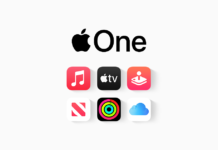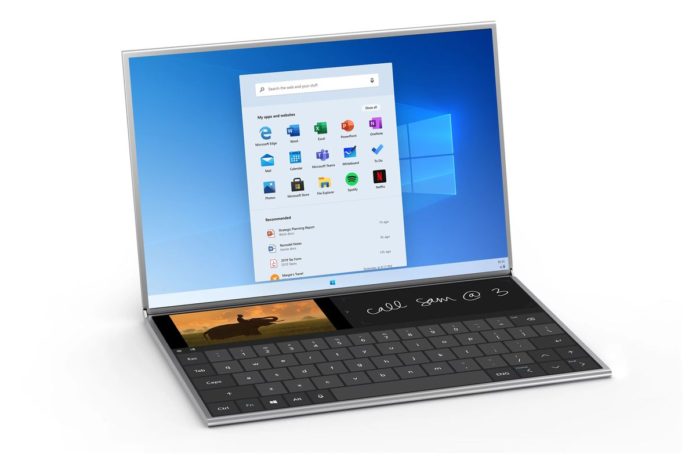The COVID-19 pandemic has stirred up the operations and plans of millions of businesses around the world. Now, Microsoft – in a bid to realign its goals and adapt to the situation at hand – has announced that it’s refocussing its aim for Windows 10X. What was announced to be a dedicated software experience for dual-screen devices will now focus on single-screen devices (conventional laptops), at least for the time being.
This official clarification corroborates a report that stated Windows was shifting its focus for Windows 10X and also delaying the launch of the Microsoft Surface Neo that was showcased at the October event last year.
SEE ALSO: Microsoft launches Surface Book 3 with new Nvidia GPU options, up to 32GB of RAM, and faster SSDs
This shift in focus shouldn’t be surprised when considered how essential laptops have become at a time when students and businesses around the world are increasingly reaching for their laptops to either educate themselves or conduct business. Microsoft has seen a 75% year-on-year increase in the time spent on Windows 10.
Considering that dual-screen laptops running on Windows 10X were posed to target the higher-end of the market, the COVID-19 pandemic didn’t seem like a great time to launch them in the first place. Not just Microsoft, but PC manufacturers like Dell and ASUS who were also expected to launch their own dual-screen Windows 10X devices have been informed regarding this change in goal.
SEE ALSO: Microsoft’s new Surface Go 2 has a bigger display and better Intel processor
Although, Microsoft says that “we will continue to look for the right moment, in conjunction with our OEM partners, to bring dual-screen devices to market.”
With this latest turn, it’s not too difficult to see where Microsoft is heading towards. A closer look at the blog post that announces Microsoft’s decision helps us nudge in the right direction.
“Our customers are leveraging the power of the cloud more than ever, and we believe the time is right to lean into this acceleration in a different way….With Windows 10X, we designed for flexibility, and that flexibility has enabled us to pivot our focus toward single-screen Windows 10X devices that leverage the power of the cloud to help our customers work, learn and play in new ways.”
If you didn’t know, Microsoft’s core aim behind creating Windows 10X was to create a modern, streamlined cloud-powered version of Windows. Considering that Microsoft is now switching its focus to single-screened devices, they will eventually compete with Google’s Chromebooks that run on cloud-reliant Chrome OS.
SEE ALSO: Microsoft Edge overtakes Firefox as popular browser
While Chromebooks weren’t a runaway hit when first launched, they eventually gained steam and even became an attractive proposition for students whose work revolved around the browser and were looking for affordable machines.
Now, with Windows 10X on single-screen devices, Microsoft is seemed to be heading in a similar direction. This is exciting because Windows is a platform that already has exhaustive support for productivity, business and education-related applications and services; something, Chrome OS can’t be as proud about.
Microsoft hasn’t announced when the first Windows 10X laptops will make it to the market but we can expect to know more soon.














































